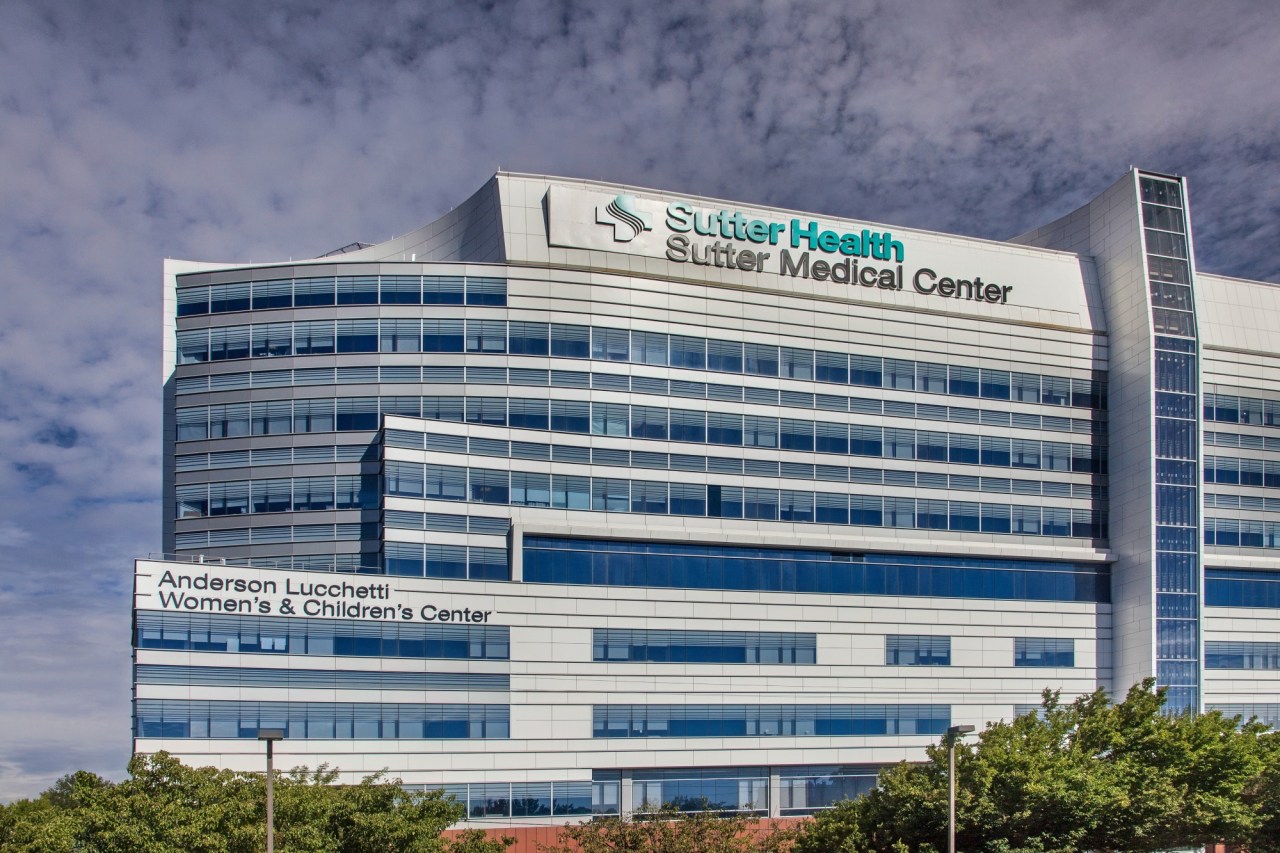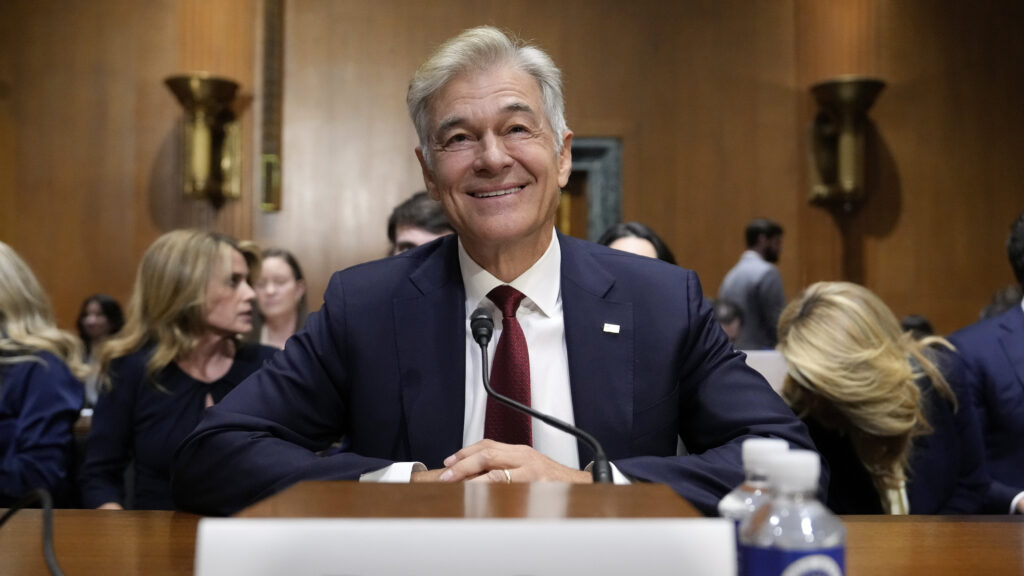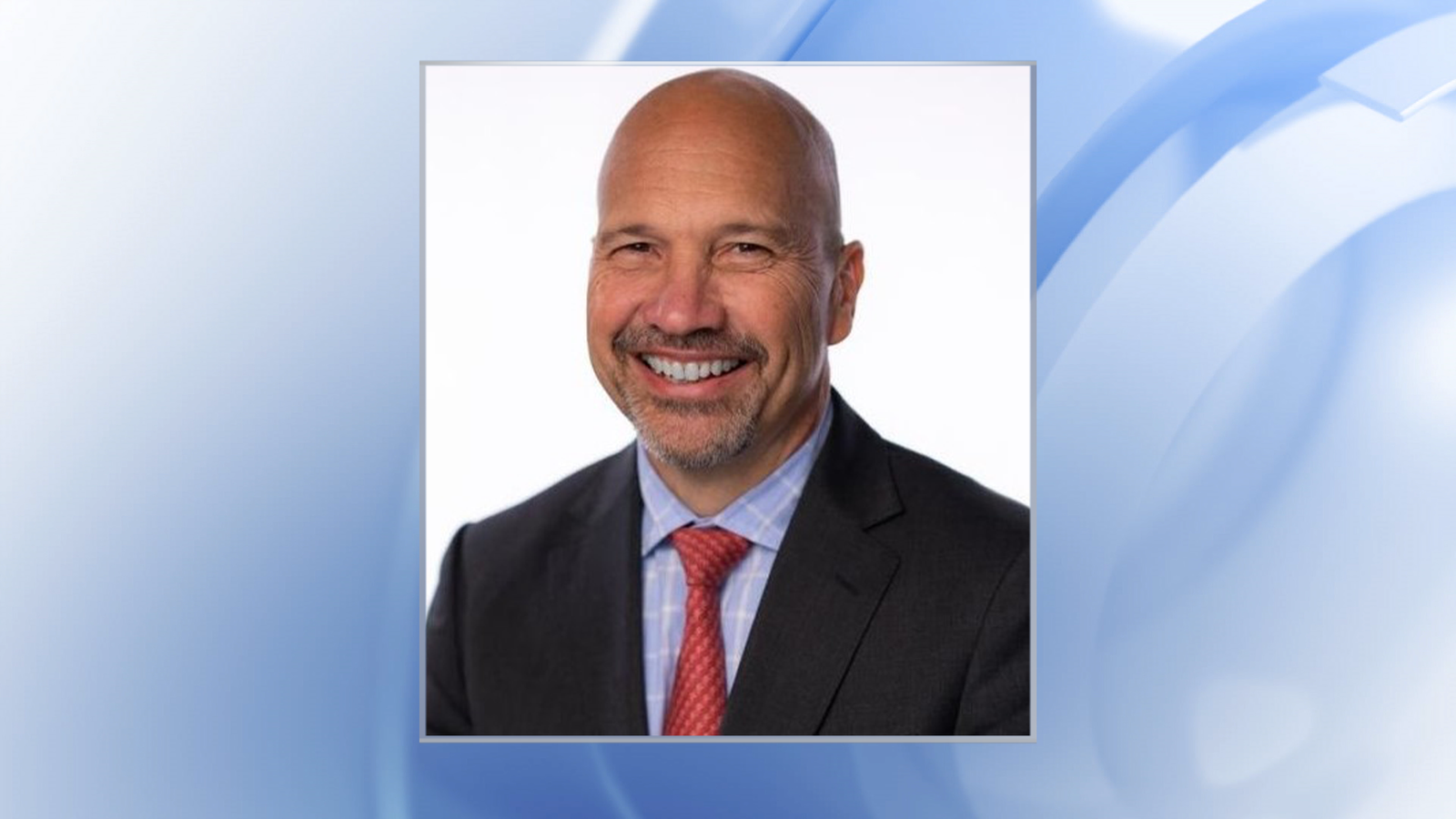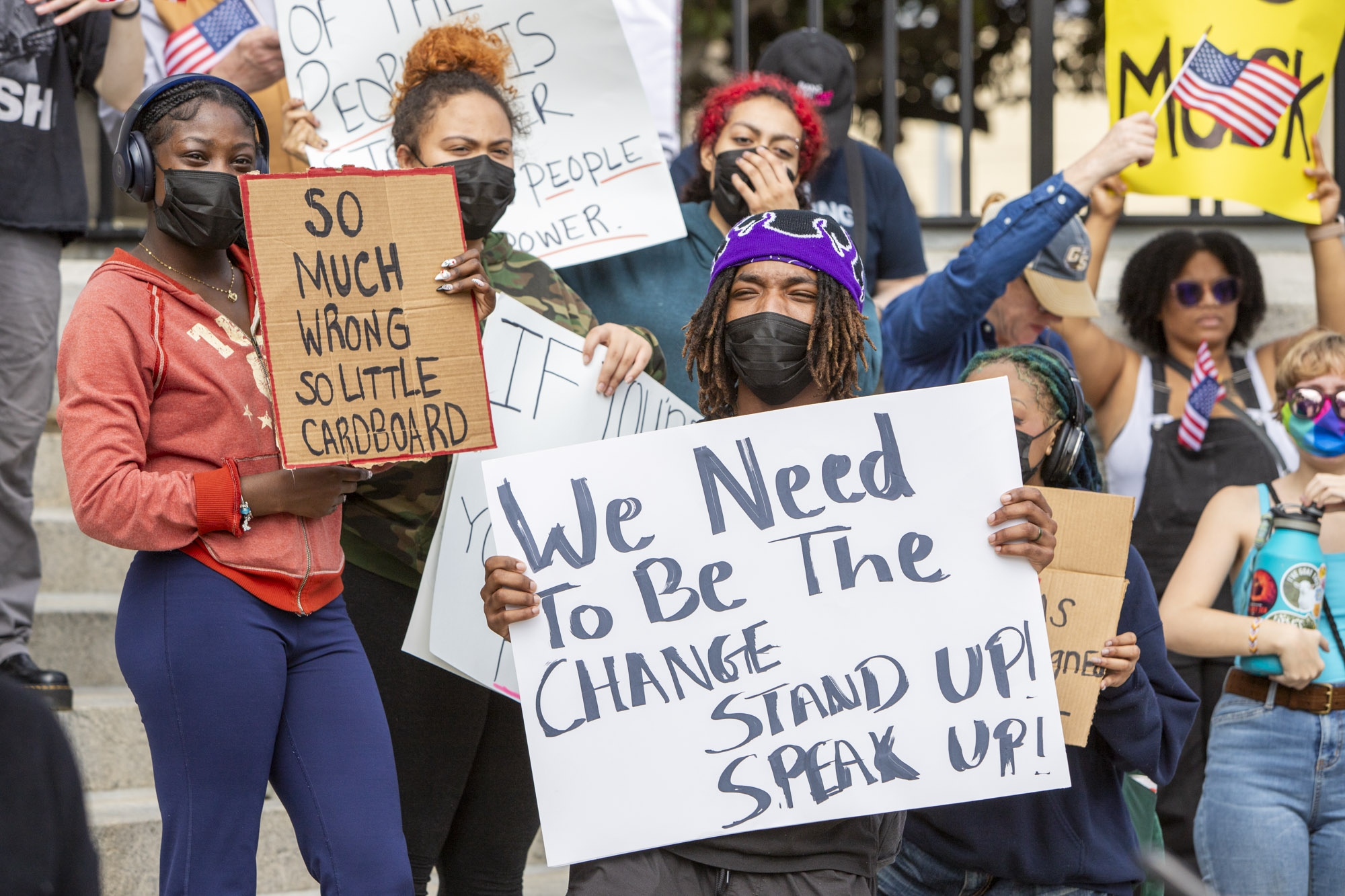Billion-Dollar Surplus, Minimum Wage Struggle: Healthcare Heroes Demand Fair Pay

Healthcare Workers Demand Better Conditions in Passionate Sacramento Protest
In a powerful display of solidarity, approximately 1,600 dedicated frontline healthcare workers converged at Sutter Health's Sacramento Medical Center on Friday, raising their voices against persistent workplace challenges. The massive demonstration highlighted critical concerns about short staffing and inadequate compensation in the healthcare sector.
Dressed in scrubs and carrying passionate signs, the healthcare professionals marched to draw attention to the growing strain on medical workers. Their unified message emphasized the urgent need for improved working conditions and fair compensation that reflects their essential role in patient care.
The protest underscores the ongoing challenges faced by healthcare workers, who have been increasingly burdened by overwhelming workloads and limited resources, especially in the wake of recent global health challenges. By taking to the streets, these medical professionals are demanding meaningful changes that will support both healthcare workers and the patients they serve.
As the demonstration unfolded, participants hoped to spark a broader conversation about the critical importance of supporting and valuing frontline medical staff across California.








